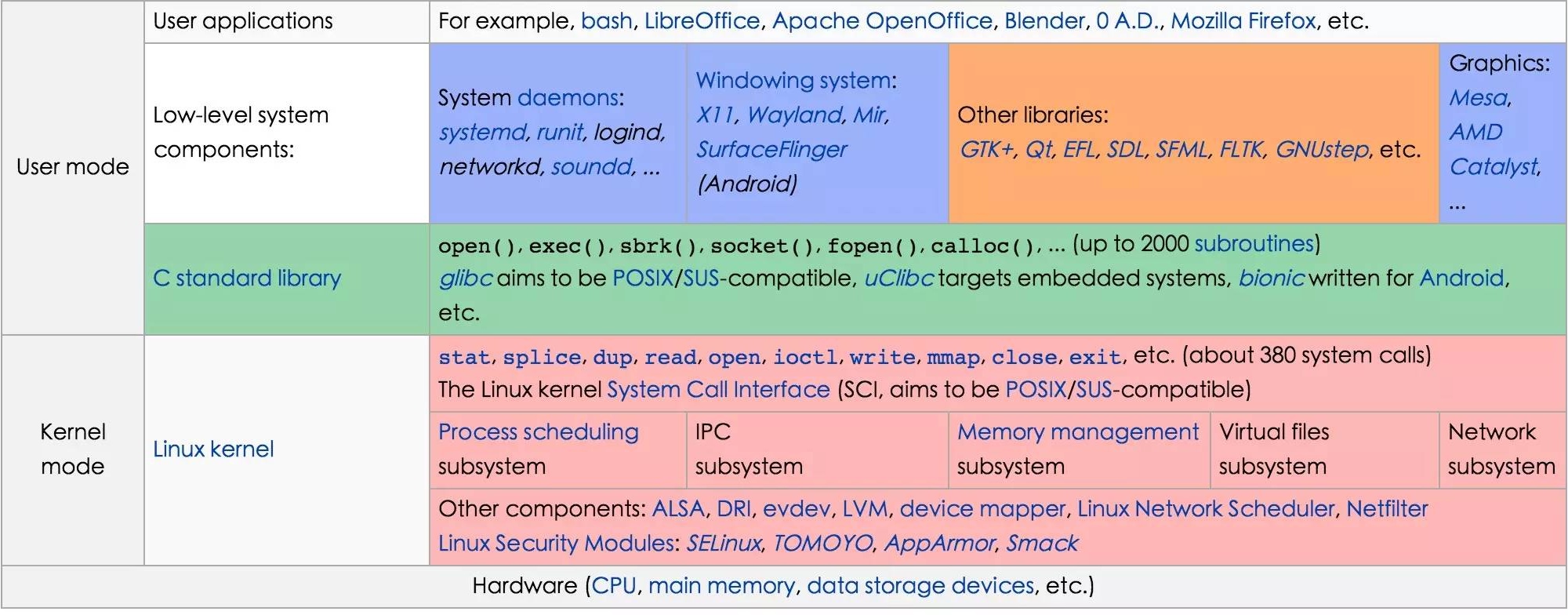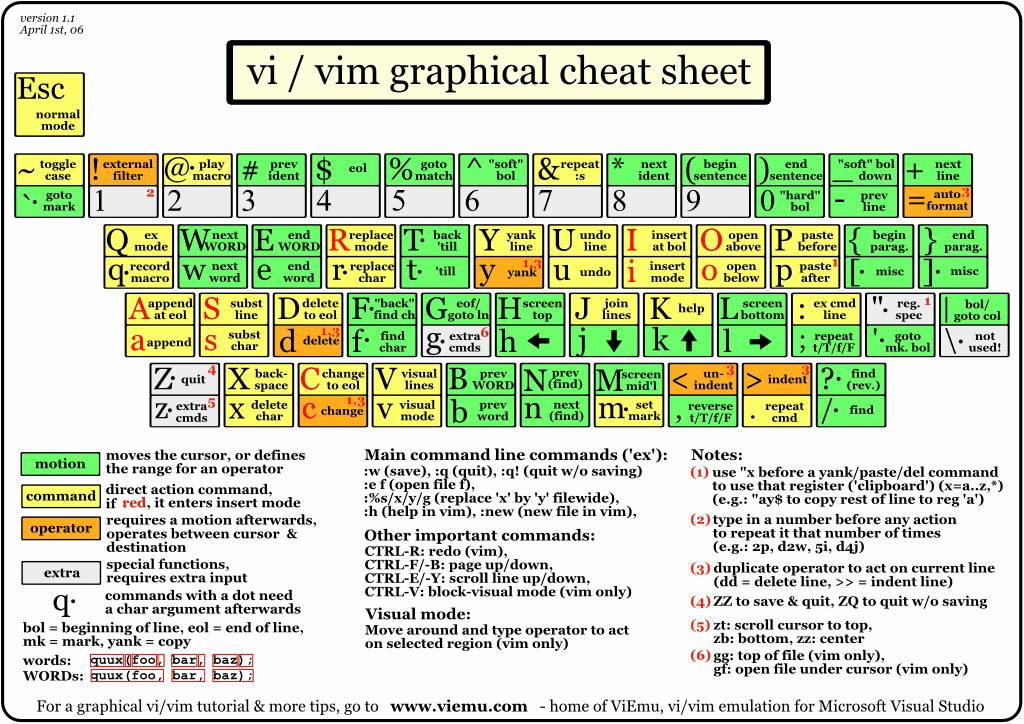Linux is everywhere, whether you're working on server infrastructure or client-side development, understanding the basics of the operating system is essential for a full-stack developer.
**System Selection**
Linux distributions can be broadly categorized into two types: those maintained by commercial companies and those supported by community organizations. The former includes well-known options like Red Hat (RHEL), while the latter includes distributions such as Debian. Red Hat is often referred to as the Red Hat family, which includes RHEL, Fedora, and CentOS (a free community clone of RHEL). Ubuntu, although not strictly a standalone distribution, is built on top of Debian and offers a near-perfect desktop experience with enhanced usability and innovation. It's known for its practical approach and continuous improvements.
If you're looking for a stable server environment, CentOS is an excellent choice. It provides reliable performance with minimal configuration. However, in cloud environments, Ubuntu may be more suitable, as Hadoop was originally developed on it.
**Architecture**
Understanding the architecture of Linux helps you navigate and optimize the system effectively. Linux operates in two modes: kernel mode and user mode. The core components include the kernel, shell, and file system. The Linux kernel manages memory, process scheduling, device drivers, file systems, and networking.

The Linux kernel divides memory into manageable "memory pages" using 4KB buffers, such as the slab allocator. A process represents a running instance of an application, and the scheduler controls how processes access the CPU. Common inter-process communication mechanisms include signals, pipes, shared memory, semaphores, and sockets. The kernel provides APIs through the System Call Interface (SCI) to create, stop, and communicate between processes.
Linux combines various file systems into a single hierarchical structure, creating a unified virtual file system. Device drivers act as intermediaries between the OS and hardware, abstracting complex operations. The network stack includes BSD sockets, protocol layers, and device drivers responsible for hardware communication.
**Linux File System**
Linux supports multiple file systems, with EXT4 being the recommended choice. The main file types include:
1. **Regular files**: Text and binary files.
2. **Directory files**: Containers for other files.
3. **Link files**: Pointers to other files or directories.
4. **Device files**: Divided into block and character devices.
5. **FIFOs (Named Pipes)**: Used for inter-process communication.
6. **Socket files**: For network communication.
Linux follows a standard directory structure, where each folder has a specific purpose. Some key directories are:
| Directory | Description |
|-----------|-------------|
| /bin | Essential command binaries |
| /dev | Device special files |
| /etc | System configuration files |
| /home | User home directories |
| /lib | Shared libraries |
| /sbin | System administration commands |
| /tmp | Temporary files |
| /root | Root user’s home directory |
| /mnt | Mount point for temporary file systems |
| /proc | Virtual file system for system information |
| /var | Variable data like logs |
| /usr | User programs and utilities |
**Shell and Commands**
The shell serves as the interface between users and the kernel, interpreting commands and executing them. BASH (Bourne Again Shell) is the default shell on most Linux systems and is highly recommended.
There are numerous Linux commands, and they can be grouped based on functionality. Writing scripts using shells like Bash, Perl, or Python is a powerful way to automate tasks. Python is particularly popular due to its simplicity and versatility.
**Linux Applications**
A standard Linux system comes with a collection of tools, including text editors, programming languages, X Window, internet utilities, and databases.
For text editing, both Emacs and Vim have their strengths, and many developers use Vim as their primary editor. Vim is highly customizable and can function as an IDE with plugins. Understanding Vim commands is crucial for efficient workflow.

When managing applications, Ubuntu users should be familiar with `apt`, while CentOS users rely on `yum`. Compiling from source is also a valuable skill, requiring knowledge of `make`, `configure`, and `autoconf`.
Safety Cone Road Cone,Terminal Antenna Plastic,Logarithmic Periodic Antenna
Mianyang Ouxun Information Industry Co., Ltd , https://www.ouxunantenna.com